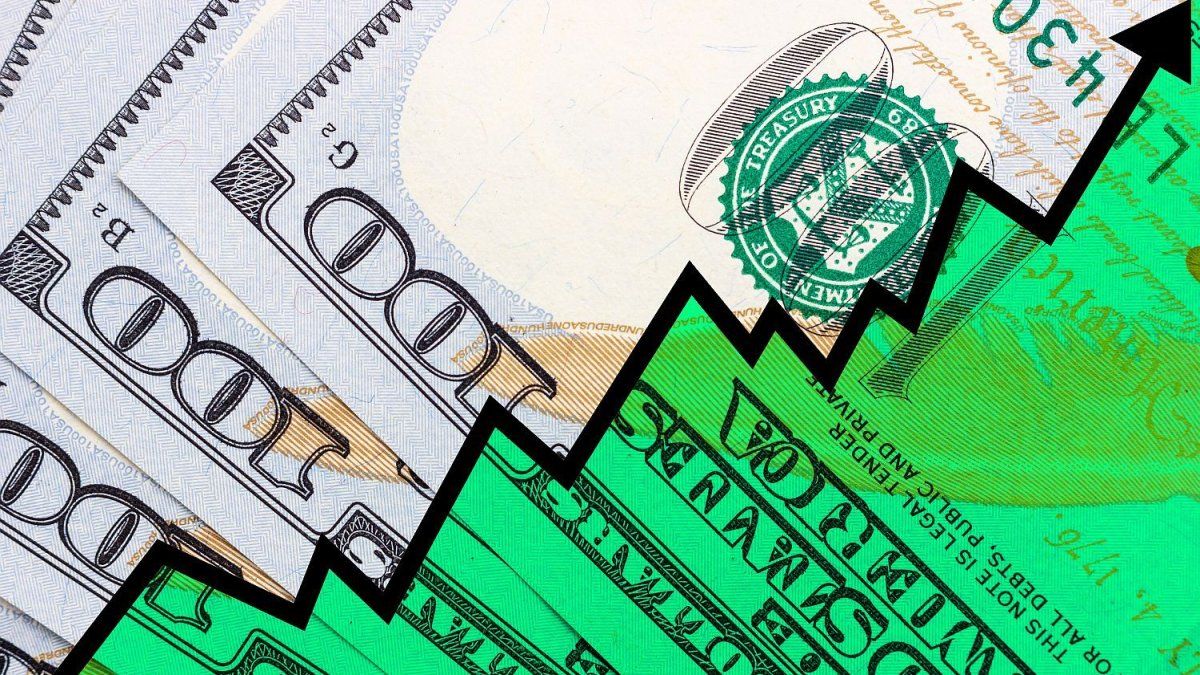The financial dollar The week started low and this Monday, May 8, after an advance of almost $20 in the previous dayand the exchange gap remained below 100% for the fifth consecutive day, amid official interventions and restrictions ordered by the National Securities Commission (CNV), which seek to keep the exchange gap at bay after the sharp jump observed in April .
In that context, the MEP dollar o Stock Market -operated with the GD30 bond- it lost $1.75 (-0.4%) to $430.60. Thus, the gap stood at 89.2%. In turn, the MEP SENEBI dollar – bilateral negotiation- closed stable at $447.
For his part, he dollar “counted with liquid” (CCL) -operated with the GD30 bond in the PPT segment- fell $1.73 (-0.4%) to $438.88. So, the spread with the official reached 92.8%. Likewise, the CCL SENEBI dollar rose $1 to $457.
In the caves, meanwhile, the blue dollar also rose $1 (+0.2%), to $470, therefore, the exchange rate gap reached 106.5%.
The doubts in the short and medium term accelerated the taking of hedges in currencies that pressured the market and led the Government to greater controls and increases in interest ratesat a time when guidelines are being renegotiated with the International Monetary Fund (IMF) for a credit of 44,000 million dollars.
“The launch of new cross controls and the continuation of the intervention with dollars and with bonds ‘worked’ and the financial exchange rates fell again in the (last) week (rise of the peso). Stability that for now we consider as temporary since the picture in general did not improve,” said the EcoGo consultancy.
The Government “has decided to go to the IMF, request the advances and make a strategy together with the Fund that implies some fiscal corrections, in the rate of devaluation, in exchange for certain things. What matters most to it is receiving dollars and power with those dollars to do some market intervention and have some firepower,” said analyst Javier Timerman.
Operators agreed that businesses showed calm at the beginning of the week, with a slight increase in risk appetite because the economic situation in the United States could avoid recession and the Federal Reserve would not increase its interest rates any further.
“Going forward, reserve accumulation and high inflation represent the main challenges, which could trickle down to local asset prices. However, some support from international organizations seems possible”Balanz said in a report.
Meanwhile, the Central Bank (BCRA) was barely able to add some 7 million dollars for its battered reserves, against agricultural liquidations for some 35.4 million dollars. This is the second lowest settlement since the start of the special 300-peso scheme for agro-settlements, surpassed by a round in mid-April where the sector did not directly sell anything to the BCRA.
Analysts estimate that BCRA net reserves are in negative territory, while the gross is located at about 34,000 million dollars, the lowest since October 2016.
Finally, the country risk measured by the JP.Morgan bank remained balanced in the area of 2,577 units.
Source: Ambito
I am a 24-year-old writer and journalist who has been working in the news industry for the past two years. I write primarily about market news, so if you’re looking for insights into what’s going on in the stock market or economic indicators, you’ve come to the right place. I also dabble in writing articles on lifestyle trends and pop culture news.




